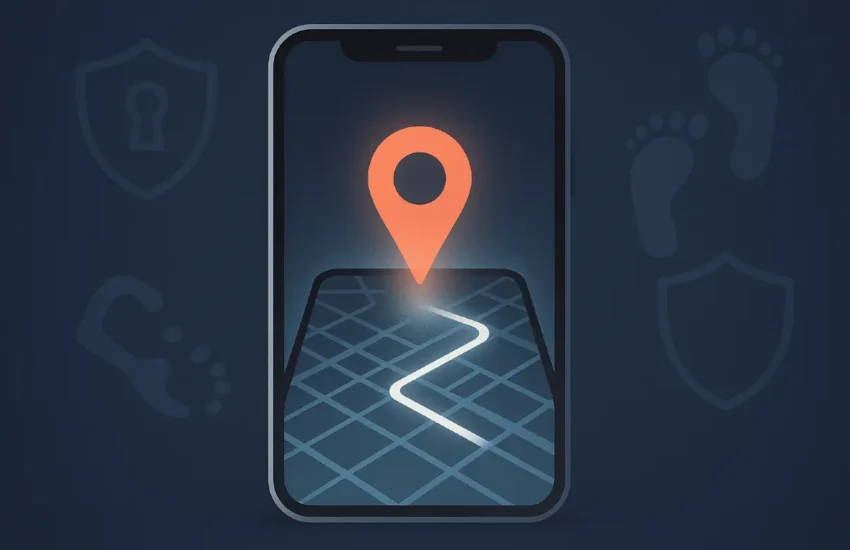Overcoming Challenges in Creating an Online Course
In the fast-paced digital age, the demand for online education has surged, and creating an online course has become an attractive endeavor for educators, entrepreneurs, and industry experts. While the benefits of online courses are numerous, the journey from concept to execution is riddled with challenges.
This comprehensive guide will explore the hurdles individuals face when creating an online course and provide insights into overcoming these challenges to craft a successful and impactful learning experience.

Technological Barriers
Many educators and course creators face technological challenges, especially if they need to be tech-savvy. Setting up an online platform, navigating learning management systems (LMS), and integrating multimedia elements can be intimidating for those unfamiliar with technology. Explore the internet, where you may find schoolmaker.com, for example, a platform that allows you to set specific steps for your students to follow.
Invest time in learning the essential technologies or consider partnering with tech-savvy individuals. Choose user-friendly LMS platforms that align with your course requirements. Leverage the chosen platform’s online tutorials, forums, and support to navigate technical challenges. A user-friendly and accessible course platform ensures a smooth learning experience for you and your students.
Identifying the Target Audience
One of the initial hurdles in creating an online course is defining the target audience. With a clear understanding of who the course is intended for, it becomes easier to tailor the content, structure, and delivery methods to effectively meet the learners’ needs.
Understand their demographics, preferences, and pain points. Create learner personas to guide the course design process. This will ensure your content resonates with your audience, addressing their challenges and providing valuable solutions.
Structuring Engaging Content
Designing content that is both engaging and effective in an online format can be challenging. Traditional teaching methods may translate poorly to an online environment, and maintaining learner interest throughout the course is a persistent concern.
Embrace a variety of multimedia elements to enhance engagement. Incorporate videos, interactive quizzes, discussion forums, and real-world examples. Break down content into digestible modules with clear learning objectives. A well-structured and interactive course keeps participants motivated and invested in their learning journey.
Creating Quality Video Content
Video content is a cornerstone of many online courses, but creating high-quality videos can be a significant obstacle. Factors such as camera equipment, lighting, sound quality, and video editing skills can impact the course’s overall quality. Start with the resources you have and gradually invest in better equipment as your course gains traction.
Focus on good lighting and clear audio, which significantly impact video quality. If possible, enlist the help of professionals for video editing or invest time in learning basic editing skills. Prioritize content clarity and engagement over technical perfection.
Balancing Content Depth and Accessibility
Striking the right balance between providing in-depth content and ensuring accessibility for a diverse audience can be challenging. Tailoring content for beginners without alienating advanced learners or vice versa requires careful consideration. Clearly outline the prerequisites for your course and establish the expected level of prior knowledge. To cater to a broader audience:
- Offer supplementary resources for beginners and advanced learners.
- Provide optional, more in-depth materials for those seeking a deeper understanding.
- Regularly gather feedback and iterate on your course content based on the needs of your diverse audience.
Building Credibility and Trust
Establishing credibility as an online educator can be challenging, especially for those new to the digital education landscape. Building trust with potential students is crucial for the success of an online course. Showcase your expertise through a professional and user-friendly course website. Create a compelling bio that highlights your qualifications and experience. Incorporate testimonials and case studies from previous students, if available.
Offer a free preview or trial module to give potential learners a taste of your teaching style and the value your course provides. Even with an exceptional course, attracting the right audience can be a formidable challenge. Developing effective marketing strategies to promote your course and compete in a saturated online education market is crucial. Consistency in marketing efforts and adapting strategies based on analytics will contribute to sustained growth.
Creating an online course is a rewarding venture that opens doors to a global audience and the potential for lifelong learning. While challenges abound, addressing them with a strategic mindset and a commitment to continuous improvement can lead to developing a successful and impactful online course. From identifying the target audience to navigating technological barriers, each challenge presents an opportunity for growth and refinement.
Educators and course creators can overcome these hurdles by combining a passion for teaching with adaptability and a willingness to learn and contribute meaningfully to online education. As the online education landscape continues to evolve, those who persevere through the challenges will find themselves not only with a successful course but also with the satisfaction of positively impacting the lives of learners worldwide.


